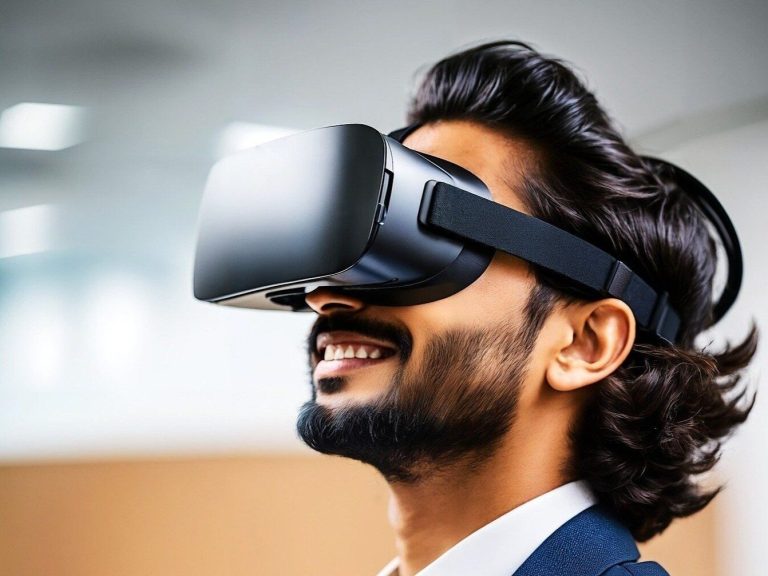Robot like man: is this the medicine of tomorrow? Quiz for those curious about knowledge

What benefits will patients and doctors gain from performing robotic surgery? How will robots help people with quadriplegia? Why is robotics a chance for better rehabilitation for people with neurodegenerative diseases? We answered these (and other) questions in the May series “Polish science for the development of medicine and health of Poles”. Check if you know how robots have changed the rehabilitation of people after stroke and where in Europe most cardiac surgery procedures are performed using a robot.
Last month, in “Wprost”, we talked to outstanding scientists and doctors about the development of medical robotics. Prof. Ph.D. n. med. Piotr Suwalski, director of the State Medical Institute of the Ministry of Interior and Administration, who has performed several hundred cardiac surgery operations using a robot, talked about the work of the surgeon who controls the robot. Thanks to the use of robots in cardiac surgery, patients recover faster because the operations are less invasive. One of the patients returned from the hospital by car on the second day after the surgery. Polish doctors have extensive experience in performing such operations – the center at PIM MSWAiA is the largest center in Europe performing cardiac surgery using the da Vinci robot.
Dr. Eng. Bartłomiej Stańczyk in an interview with “Wprost” cites specific examples of measurable benefits for medicine resulting from the use of robots. These include reducing costs, increasing availability, quality and efficiency of operations. Dr. Stańczyk is the designer of a robot that helps people with quadriplegia live more independently – a robotic arm attached to a wheelchair is able to perform many activities that are impossible for a paralyzed person, such as opening a door, reaching for food or drinking. Dr.'s dream Stańczyk's goal is to construct a robot for pediatric surgeries.
Dr. Michał Mikulski, founder and president of the management board of a Polish company producing rehabilitation robots, talks about the first rehabilitation and diagnostic robot thanks to which people with Duchenne muscular dystrophy and disabled people can start moving again. The use of electromyography, i.e. the ability to read and interpret the electrical activity of the muscle, turned out to be crucial. Thanks to this, it is possible to control the exoskeleton, which, when the intention to move appears, performs it for the patient. This innovative approach supports a disabled patient in rehabilitation, and the gradual addition of loads necessitates the patient's stronger involvement, which results in building muscle strength.
Prof. Konrad Rejdak, neurologist, head of the Department of Neurology at the Medical University of Lublin, was the head of the research group in an international consortium creating a robot for patients with dementia under the Horizon 2020 grant (RAMCIP). “Wprost” talked about robots that communicate with the patient, can turn off the gas tap, alert the caregiver if the patient has fallen, and support physical and communication rehabilitation. He also argues that there are excellent doctors and engineers in Poland, therefore there is potential to create new technologies in Poland to help patients, including robotic ones.
What do you know about medical robotics? Test your knowledge, check out the Wprost series: Polish science for the development of medicine and health of Poles.
You will find answers to all questions in the articles under the quiz, which were published in the Wprost series: Polish science for the development of medicine and the health of Poles.
Most heart surgeries using a robot are performed here in Europe
Robots: The patient lies down, falls asleep and emerges without cancer
How robots help in the rehabilitation of people after strokes, spinal cord injuries and neurodegenerative diseases
Maciej Pinkosz






